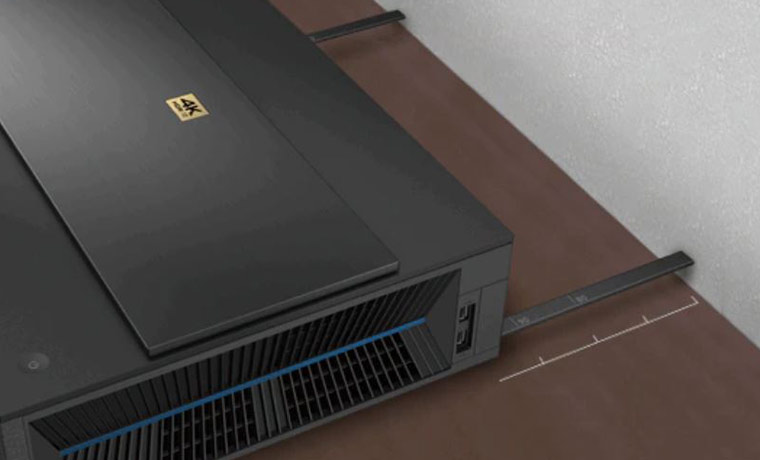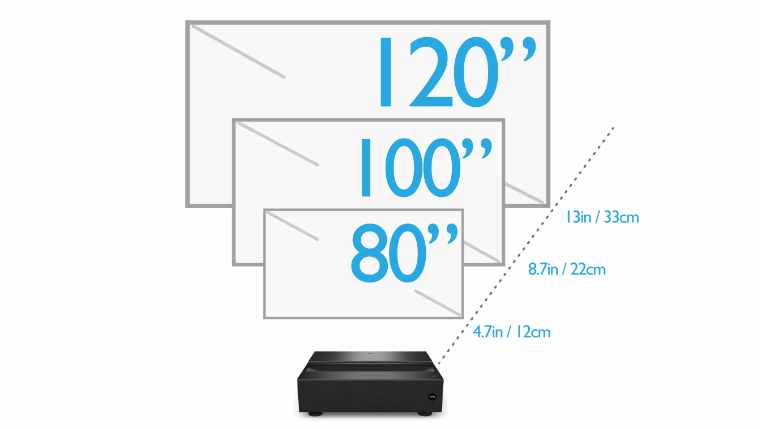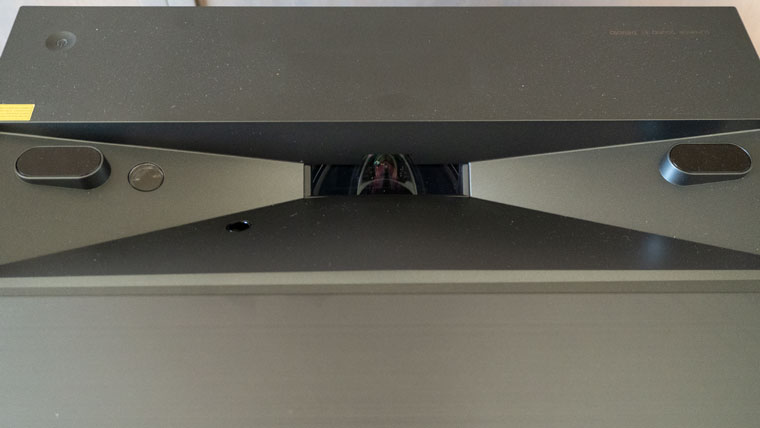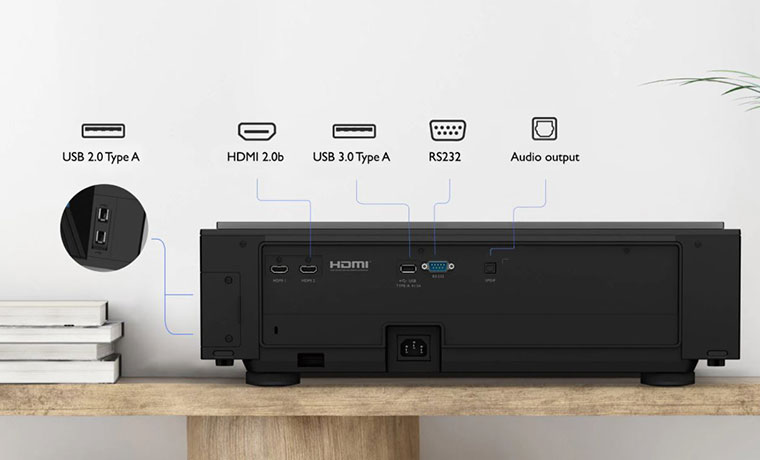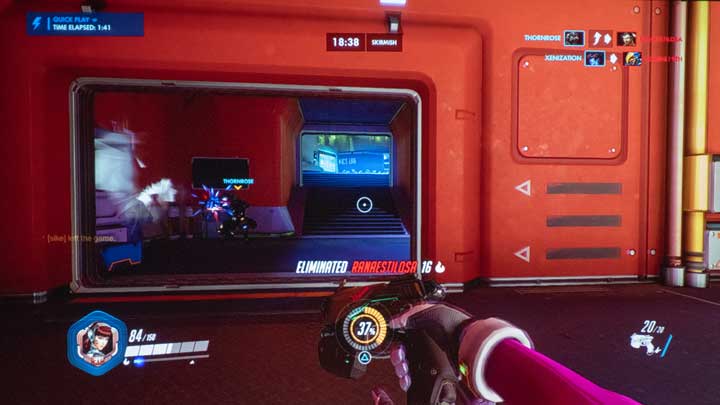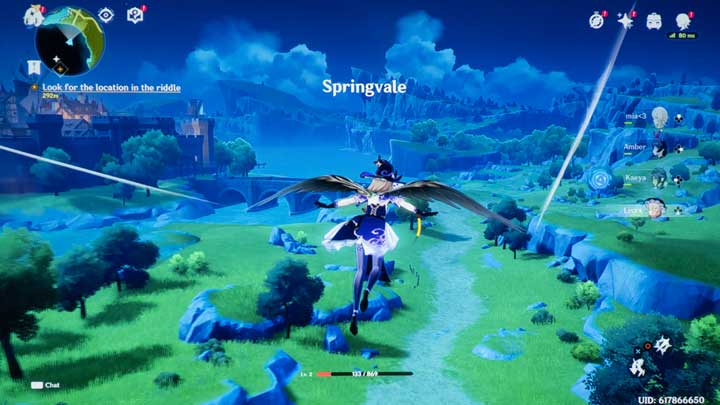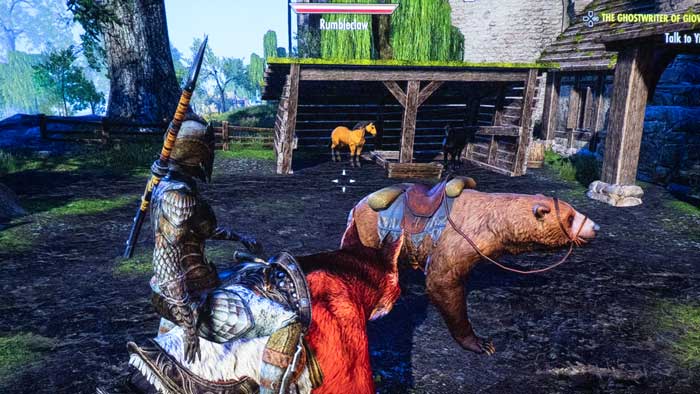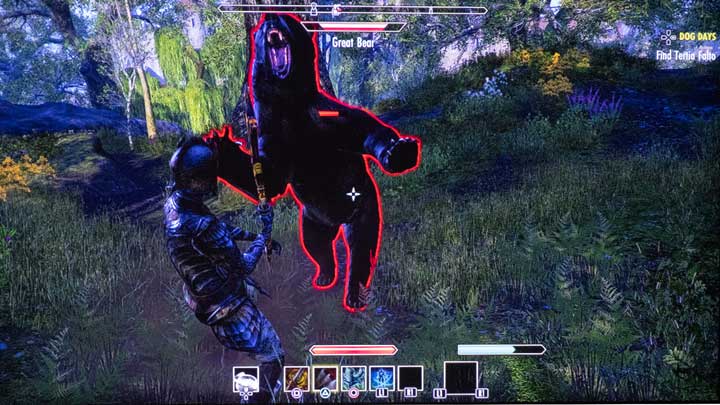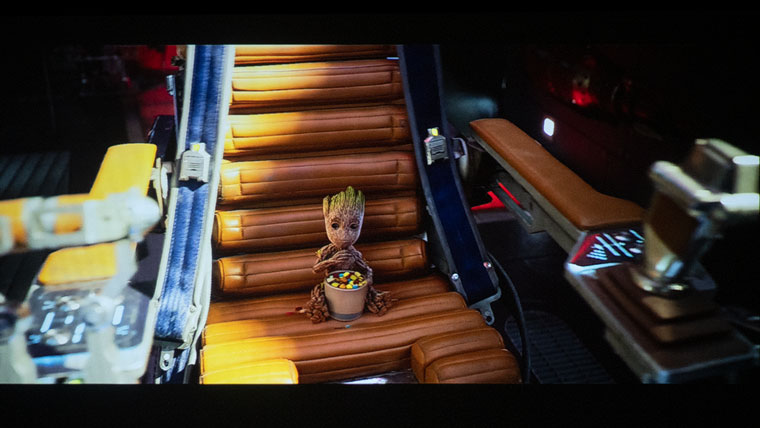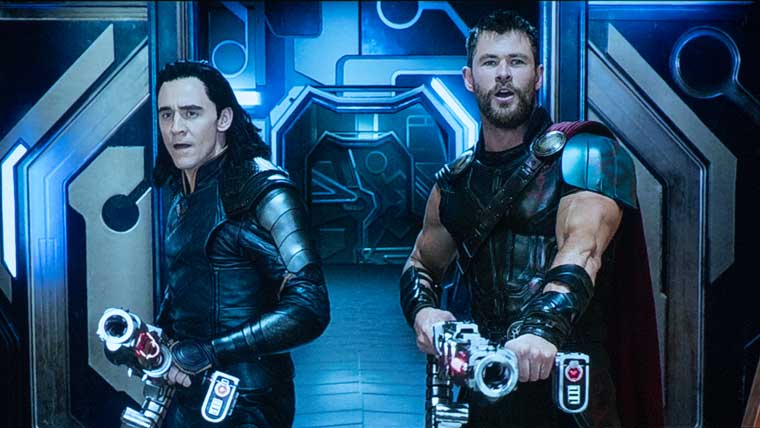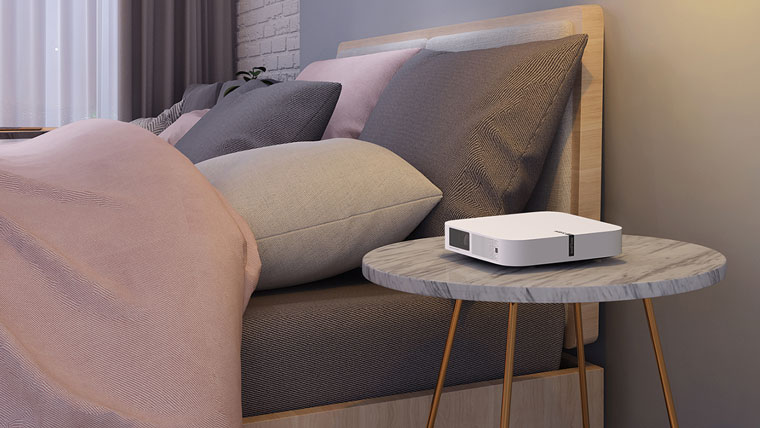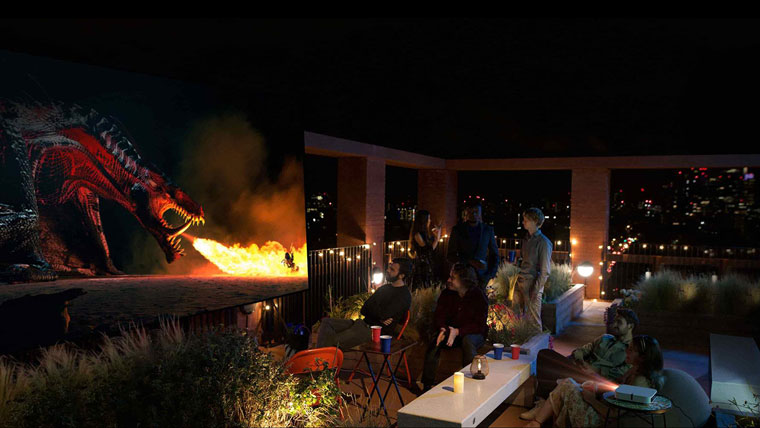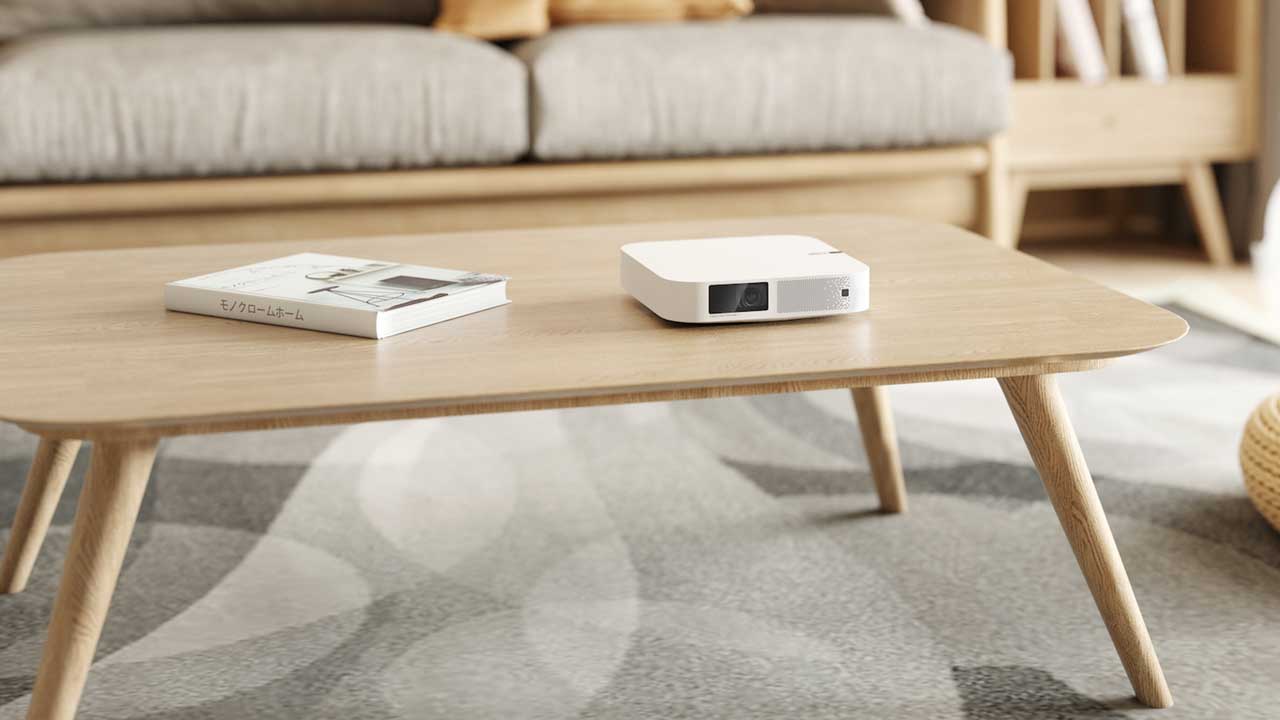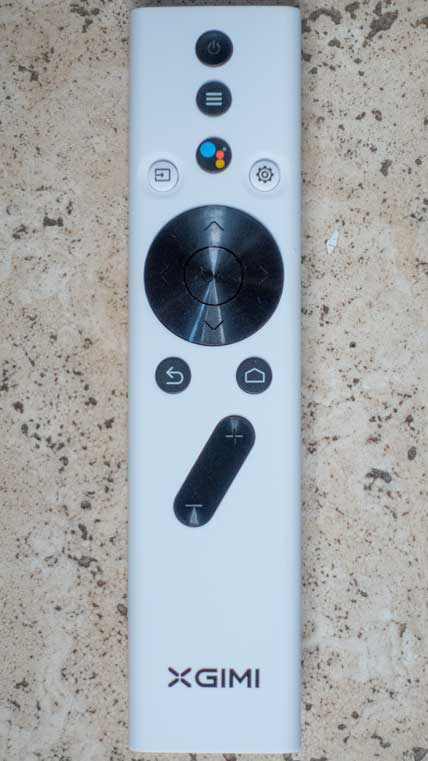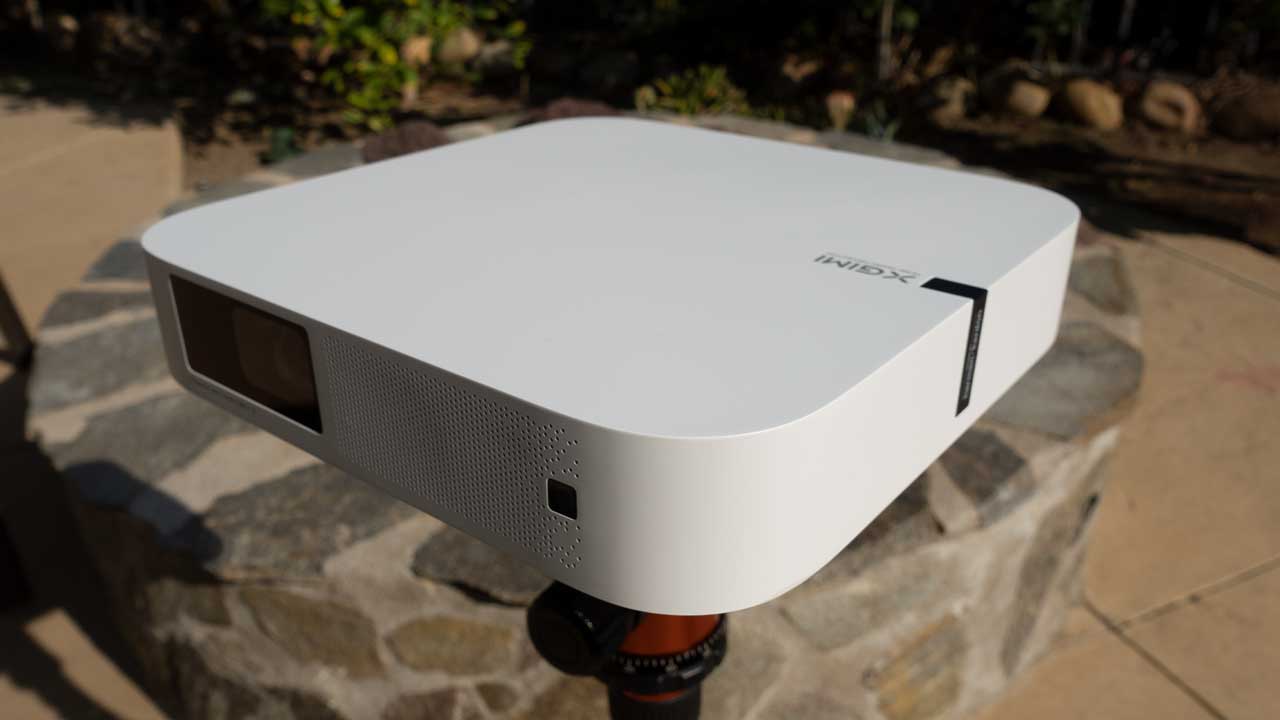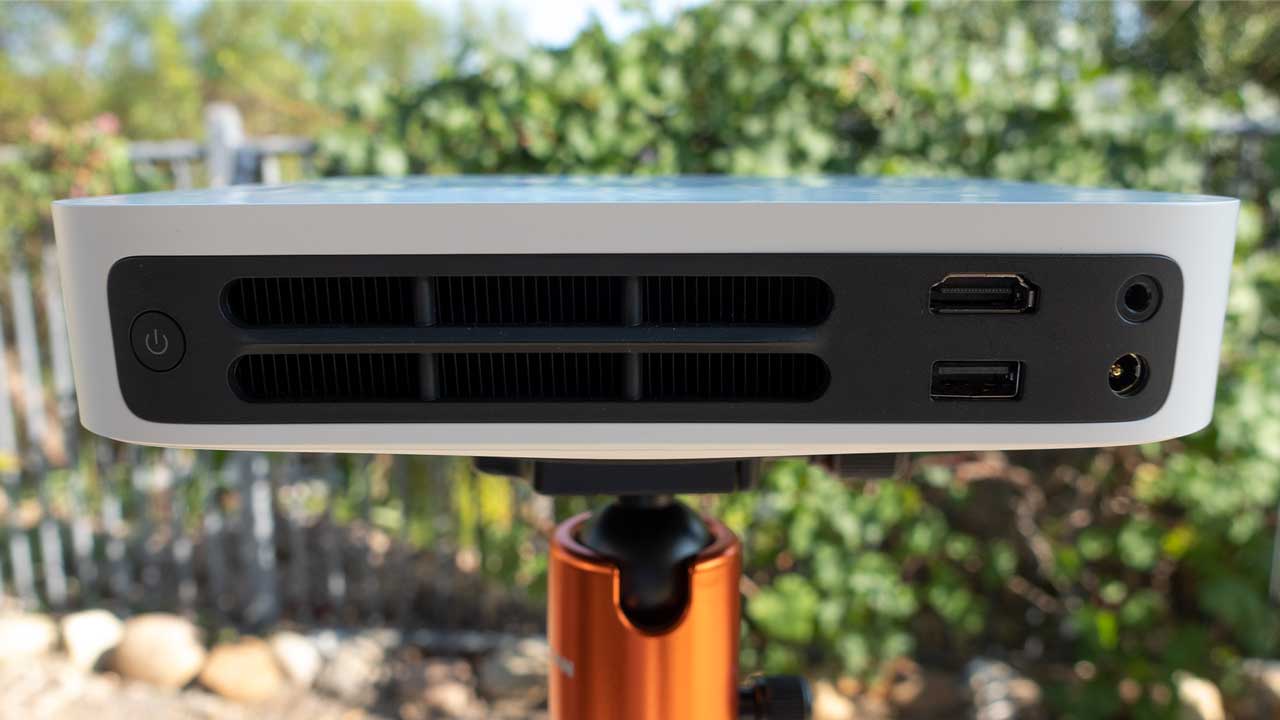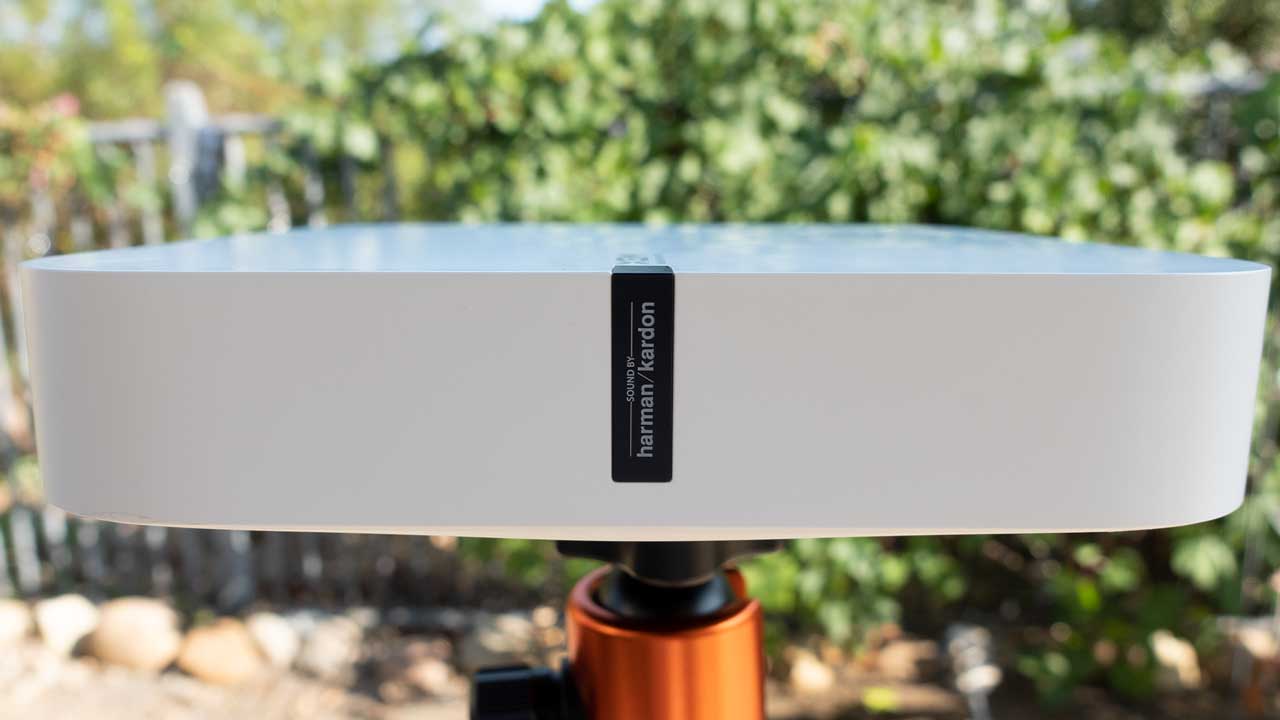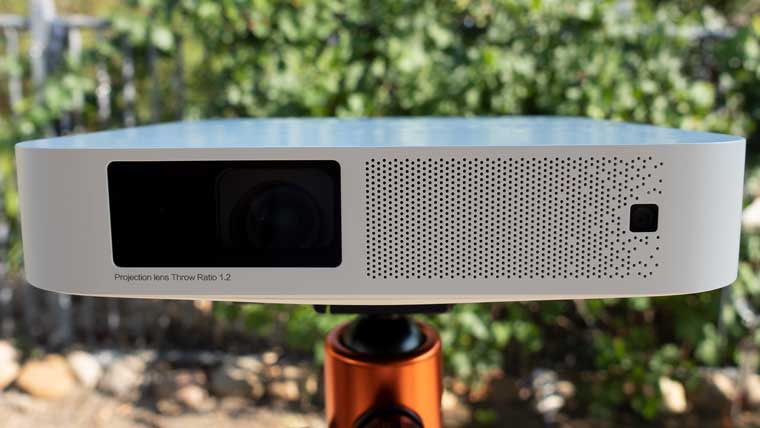Mitsubishi HC4000 Black Levels & Shadow Detail
Below, we have two versions of our satellite image from Space Cowboys. The first is normally exposed, the one below it, a good bit overexposed so you can see where the shadow detail is... And it's there! Below are more images from different projectors, including the older HC3800. Exposures are all slightly different, but you can discern that some do better than others.
The HC4000 does very well. If you have more budget and crave great blacks, there are a number of projectors. But for those projectors selling for, say, under $1500, I haven't seen one with "next level" blacks. Thus, the HC4000 performs well. It's blacks are even better than the HC3800, which bested the other low cost DLP's last year. It's a serious competitor for the Epson Home Cinema 8100 which is 3LCD powered, and does have a dynamic iris. The Epson can definitely do blacker blacks on those scenes that are very dark without any really bright areas, but you pay the usual price - some compresion of the brighter areas, etc. The Mitsubishi is natural, so no changing overall levels as the iris opens and closes - nothing to distract. On medium and brighter scenes though, the Mitsubishi easily holds its own, and bests the Epson. The black areas in a bright scene will be darker on the HC4000, for a little more pop.
In other words, you can move up to $2000 and some loose change and have a choice of a number of "ultra-high contrast" projectors, with darker blacks, but so far, it's looking pretty good at its price, with only a couple of 3LCD projectors to challenge its blacks.
The overexposure lets you see some dark detail that is there, which otherwise would be hard or impossible to dis. At least as important is that it raises the black of the sky to grays you can compare. You just have to compensate for the differing exposures.
Next, is the starship image from The Fifth Element. Again, we start of with a close to normal exposure, and one overexposed. That's followed by the same frame on a number of additional projectors.
Consider two additional (digital) images which are good ones for observing black levels.
The image immediately below is from The Dark Knight. I've intentionally overexposed it to make a point. This is the type of scene where the difference in black level performance makes a huge difference. Because the outside areas of the scene, and for that matter the men's jackets are pretty black, with little detail at all, projectors with just "good" black levels look very flat. Below the HC4000 silhouette image, is the same scene using the BenQ W6000, and then, the Sony VPL-VW15, both of which are definitely "step up" competitors.
The dynamic iris, with almost all projectors (JVC excepted, as they manage great black levels without a dynamic iris), of course, is a key, today, to enhancing contrast and improving black levels.
The Mitsubishi HC4000, as an entry level projector, manages its black level performance without a dynamic iris. Below is a "demonstration" of one of the issues affecting the use of dynamic irises.
Let's look at the two pair of images below. The first pair are the older HC3800 images, which is fine for this purpose: The frames are only a few apart. With the Mitsubishi, or any projector without a dynamic iris, these two images will look much like the first two. You can see that the black levels remain unchanged. That is greatly different when compard to the second pair, taken with the more expensive BenQ W6000, which has an iris.
With the BenQ, you can see how the background lightens when the credits are up. This type of visible shifting of the image due to iris action is not an issue with the HC4000. As I indicated earlier, the HC4000 doesn't quite match the darkest black level performance on the darkest scenes, but throw something bright and of decent size into a dark image, and bingo, the W6000's background lightens. as would all projectors with a dynamic iris.
The second pair (W6000) are more overexposed, which was done to make it easier to see the difference between the blacks with and without credits on the projector with the dynamic iris. BTW, do not use these images to equate the black levels of the two projectors, the frames taken with the HC4000 were done without signficant overexposure, unlike the W6000 images.
Cool?

